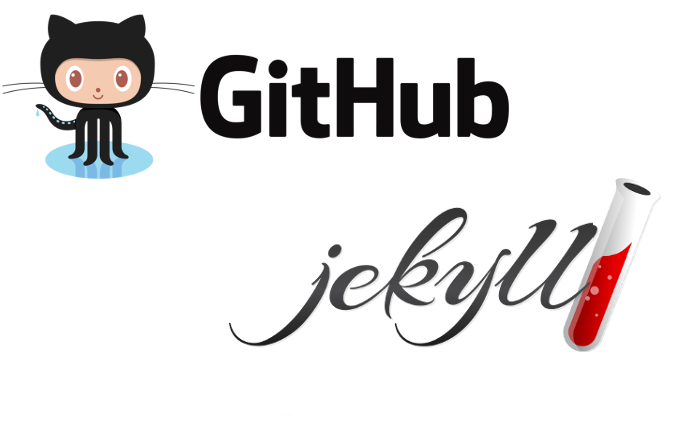Jekyll is a great platform for publishing content, but it can be quite difficult to get up and running on a local environment due to its dependencies.
Step 1: Github Pages
Step 2: Jekyll
What is Jekyll
Jekyll is a static site generator, typically used for blogs. It processes a folder containing different items like posts, drafts, layouts and converts it into a fully fledged static html site that you can publish. The folder is typically stored in version control, and a build pipeline takes care of processing that folder and publishing a new site.
In order to process that folder, you need to have the jekyll executable and all of its dependencies.
jekyll new my-blog (to create a new folder structure)
jekyll build (to process the folder structure, and generate an html site)
jekyll serve (to run an http server on your local environment)
However, as stated before, in order to run the jekyll executable on your environment, you’ll need to have a lot of dependencies in place.
Build Jekyll in container
dockerfile
FROM ruby:2.6
RUN gem install jekyll bundler
WORKDIR /src
ENTRYPOINT bundle update && bundle exec jekyll serve \
--host 0.0.0.0 --config _config.yml
command
docker build -t my-jekyll-env -f Dockerfile .
docker run --name my-jekyll-env \
--mount type=bind,source=$(pwd)/src,target=/src \
-p 4000:4000 \
-it \
my-jekyll-env
The –mount flag shares my local files with the container.
The -p flag automatically forwards port 4000 outside the container to port 4000 inside the container.
The -it flag connects my terminal to the server, so that I can use Ctrl-C to quit.

 Cracking the front-end interview
Cracking the front-end interview